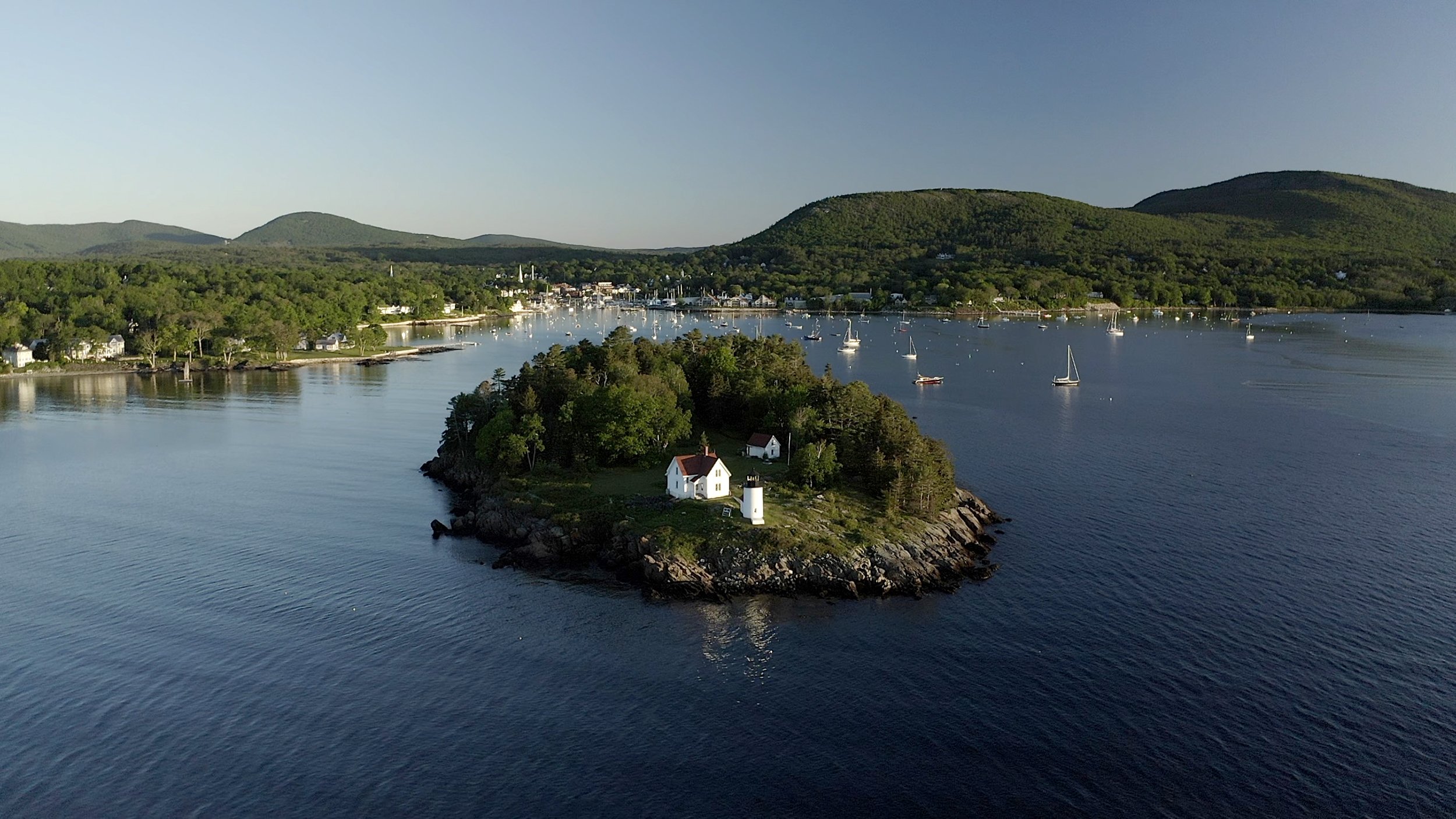About Our Foundation
Our Mission
To protect, preserve and restore the Curtis Island Light Station for the benefit of current and future generations.
Our Vision
The Curtis Island Lighthouse Foundation mobilizes a dedicated community of volunteers, donors, and Town officials to safeguard Curtis Island for the next 100 years to serve as a symbol of Camden and a place of quiet inspiration and education.
A steward for Camden’s iconic Curtis Island Lighthouse.
Recognizing that this important cultural, historic and maritime resource is in need of stewards who will help care for, advocate for and fund its historic preservation and maintenance, the Curtis Island Lighthouse Foundation was established in 2023 by founding President Michael Skaling.
Working alongside the town of Camden, with our leadership, we will work to restore the Curtis Island Light Station and to develop a perpetual maintenance trust fund. Our vision is a full restoration, improved access for the community, a comprehensive maritime history of the island, and governance to protect the island’s fragile environment.
Our Leadership
Board of Trustees
Michael Skaling, President
Kathleen Deupree, Vice President
Dale Bruce, Secretary
David Weil, Treasurer
Sam Appleton
John Healy, Esq
Rhonda Ryznar, PhD
Jessie Tobias
Jack Sanford, Clerk
Advisory Council
Kate Bates
Richard Bernhard
Charlie Conover
Jack Deupree
Jay Fischer
Chris Friden
Drew Lyman
Roger Moody
Michael Perlis
Peter Masin-Peters
Ramiro de Acevedo Ramos
Danny Salomon
Lee Scheuer
Rick Seibel
Pat Skaling
Sam Smith
Amy Thomas

